Look whose coming to dinner |
| Mash length: 2 h Boil time: 0 h Final volume: 19l (~5 gal) OG: 12 P FG: 1.3 P ABV: 5.7% Malt: 4.5 kg Pale Malt Hops: 84 g Fuggles @ 120 min Other: 1 bag full of Juniper / Pine branches Yeast: Belgian Saison Blend from White Labs Notes:
|
Jordan Rex
Beer archaeologist
From California, migrated to the UK to study, drank in Berlin, now settled in Switzerland
@timelytipple
instagram.com/timelytipple/
Untappd: Tikiwartooth
Archives
November 2017
October 2017
September 2017
August 2017
July 2017
June 2017
May 2017
April 2017
March 2017
February 2017
January 2017
December 2016
November 2016
October 2016
September 2016
August 2016
July 2016
June 2016
Categories
All
About Me
American Beer History
Beer Links
Book Review
Brewing Archaeology
Egyptian Beer
Experimental Brewing
Greco Roman Brewing
Gruit
Interview
Medieval Europe
Nordic Farmhouse
Observations
Poland
Raw Ale
Rye Beer
The Session
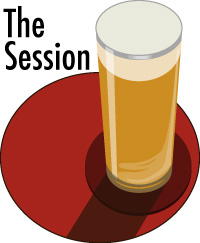
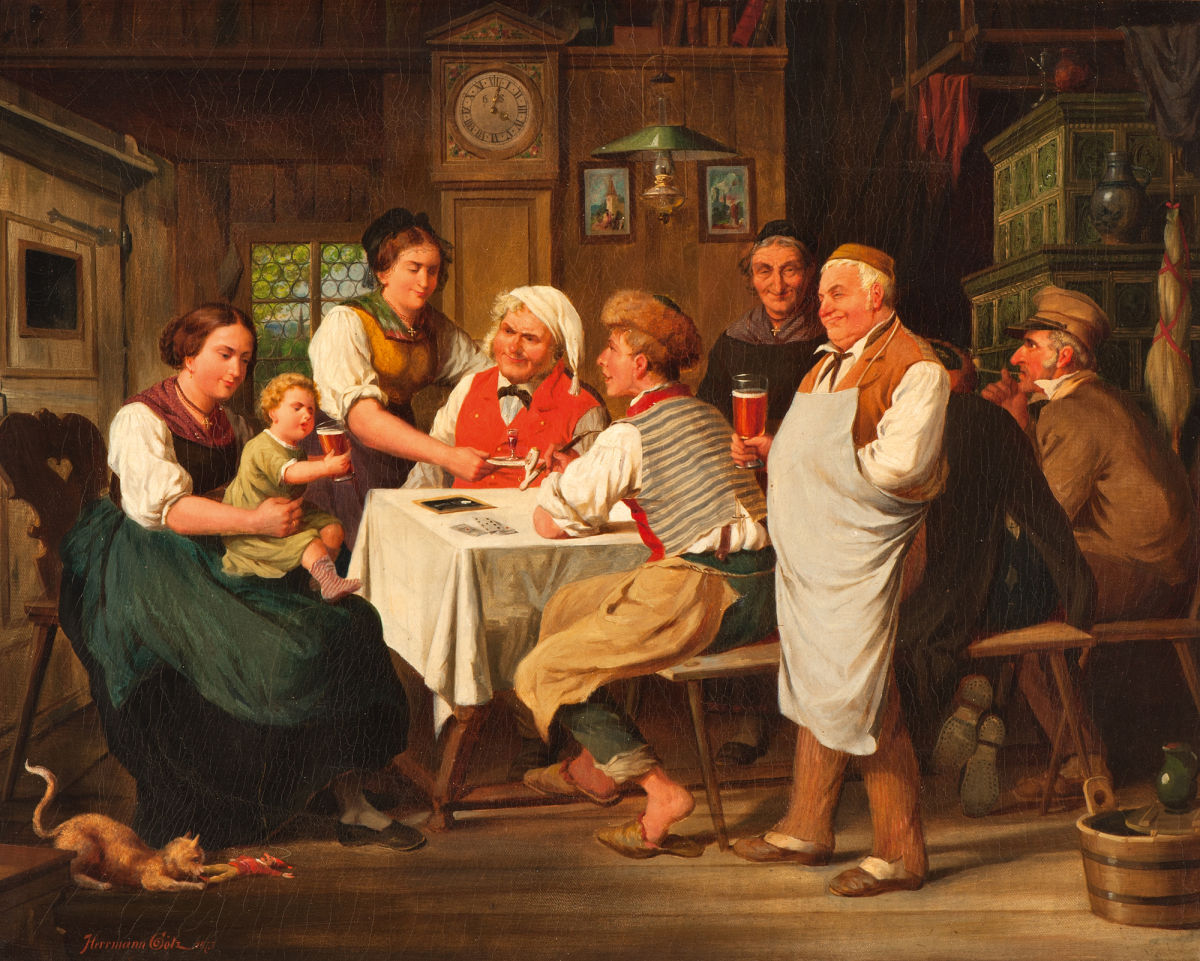
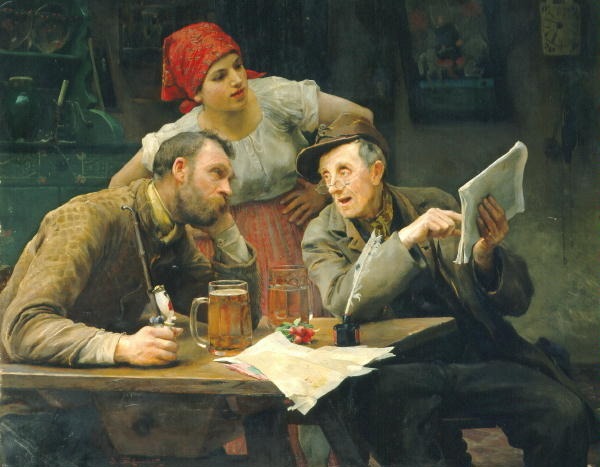
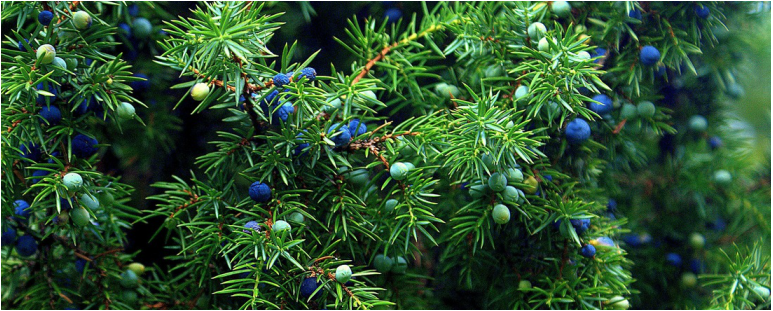

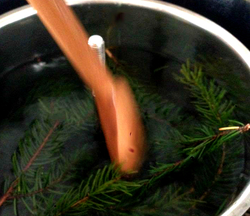
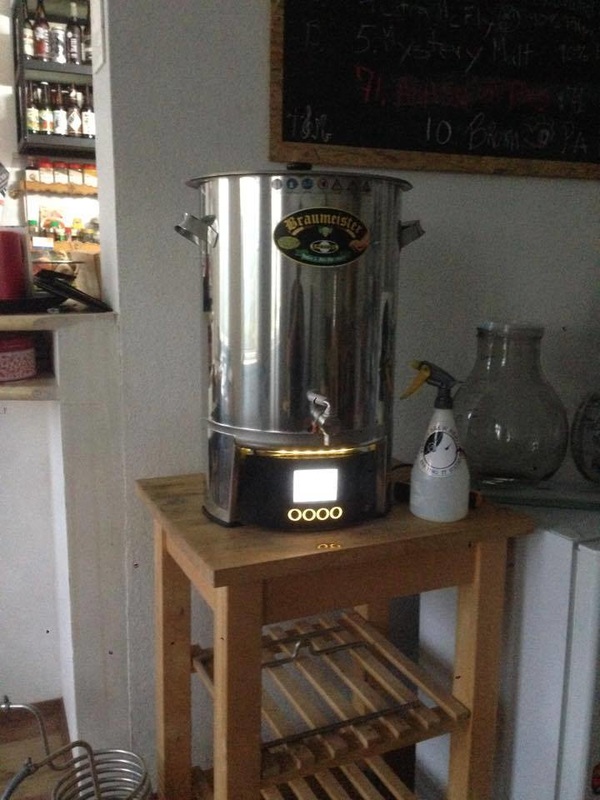
 RSS Feed
RSS Feed
